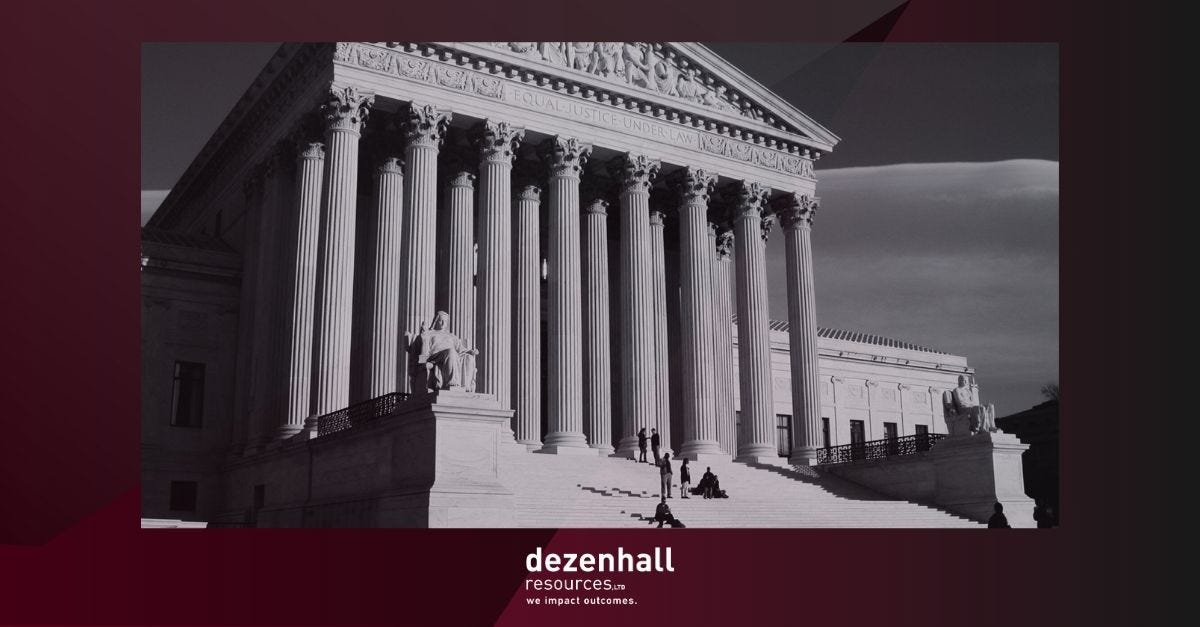Over the past decade, litigation has surged across all sectors of the economy. The legal system now plays a central role in nearly every industry, and navigating it is an inherent cost of doing business. This growth is heavily influenced by economic, regulatory, and societal factors and has transformed the legal landscape for everyone involved in the process and then some. Nearly every month, we witness announcements of record-sized or first-of-its-kind structured settlements.
A notable shift occurred after the 2008 financial crisis. Courts became battlegrounds for cases related to foreclosures, mortgage fraud, and investment losses. This wave of financial-related litigation marked a broader cultural shift toward seeking redress and justice through civil legal action. It also gave rise to the media and court of public opinion as a critical battleground for all parties involved.
The first legal filing, whether from plaintiffs or the government, is an exciting news hook that reporters and pundits quickly latch onto while using the term “according to claims” to replicate what might be questionable accusations. Sadly, one of the easiest ways for a state attorney general to grab positive headlines is to sue someone, preferably a large corporation or institution. This initial wave almost always sets the narrative for the entire case, with the wagers of litigation as vindicators and white knights and defendants cast as the villains. And for those who are unprepared, it can yield major reputational damage.
Whether engaged in defamation, civil and criminal investigations, mergers and acquisitions, class actions and multi-district litigation, bankruptcy and financial or employment matters, if an organization isn’t prepared to wage battle in the court of public opinion, and the courtroom, they’ve often already lost. While litigation communication isn’t new per se, in this day and age it’s nearly non-negotiable in winning a complex case.
So how can an organization leverage the court of public opinion to help their chances in the courtroom?
Treat litigation like a complex crisis that must be actively managed with offensive and defensive communications and public affairs strategies, in addition to sound legal strategy.
Recognize the importance of public relations – legal continuum and understand every action in the courtroom (i.e., every legal filing) is an opportunity to impact the court of public opinion and vice versa.
Be willing to be creative. There’s no one-size-fits-all approach to litigation communication. Anyone who tells you there is might as well be selling snake oil. Of course, as practitioners, we learn from every case we work on (if we didn’t, we probably wouldn’t still be in this line of work). Still the strategic and tactical mix is unique to every case, the conditions of the moment, the client’s reputation baseline, their key audiences, etc.
We often deploy a combination of approaches, including launching proactive media and stakeholder strategies to accompany key legal filings and frequently engaging in hand-to-hand combat with media to neutralize, deter, correct, and retract misleading media coverage by developing external support for and maximum participation in settlements and, mobilizing influential experts and surrogates when the stakes are highest, and more.
In today’s dynamic, everything is a scandal environment, effectively communicating about litigation is a critical skill for individuals, businesses, and organizations. It's not just a matter of legal strategy; it's about managing perceptions, protecting interests, and, ultimately, safeguarding reputation in an era where litigation has become so impactful.
If you’d like to learn more about Dezenhall’s approach to litigation communication listen to The Legal Department podcast.




